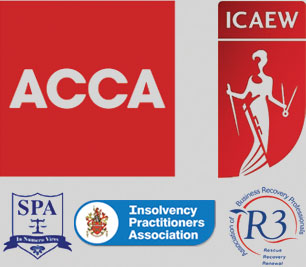Bankruptcy and the matrimonial home – the 3 year “use it or lose it” rule
Categories: News
Section 283A of the Insolvency Act 1986 provides that a trustee in bankruptcy has three years to take steps to realise an interest in a property which is the home of a bankrupt, a bankrupt’s spouse or their civil partner, or their former spouse or civil partner. If a trustee fails to take steps to realise that interest in that three years, then that interest revesting back in the bankrupt. This is the so called “use it or lose it” rule.
Importantly, in terms of when the three year period starts, if a bankrupt informs the trustee of the relevant interest within 3 months of the bankruptcy order, then the three-year period begins with the date of that order. If the bankrupt fails to inform their trustee in that 3 month period, the three-year period begins with the date on which the trustee is made aware of the relevant interest.
In the case of Mehers v Khilji [2023] EWHC 298 (Ch), the bankrupt asserted that because she attended a formal interview with the trustee during which she asserted that she had contributed towards the mortgage and was the wife of the legal owner of the property (who by this time had deceased intestate) and thus had matrimonial rights over the property as well as beneficial rights under intestacy law, taken together, the trustee must have realised she had an interest in the property to which Section 283A applied.
The court found for the trustee and ruled that the trustee had neither been informed nor become aware of an interest in the Property by virtue of this sequence of events. It held that a trustee must be actively informed of an interest in a property or otherwise actively become aware of that interest. Where a bankrupt does not tell their trustee of an interest in clear terms, the court will need to be convinced that a trustee has nonetheless been informed or has become aware of such an interest by inference or otherwise.
This case is a useful reminder that the three year “use it or lose it” rule is not, as is commonly thought, a blanket rule that the trustee must seek to realise the matrimonial home in a bankruptcy within three years from the date of bankruptcy, but rather he must use it or lose it within three years from the time that he becomes aware (by reference to a sensible and realistic analysis of the facts) of that interest.


Comments are closed.